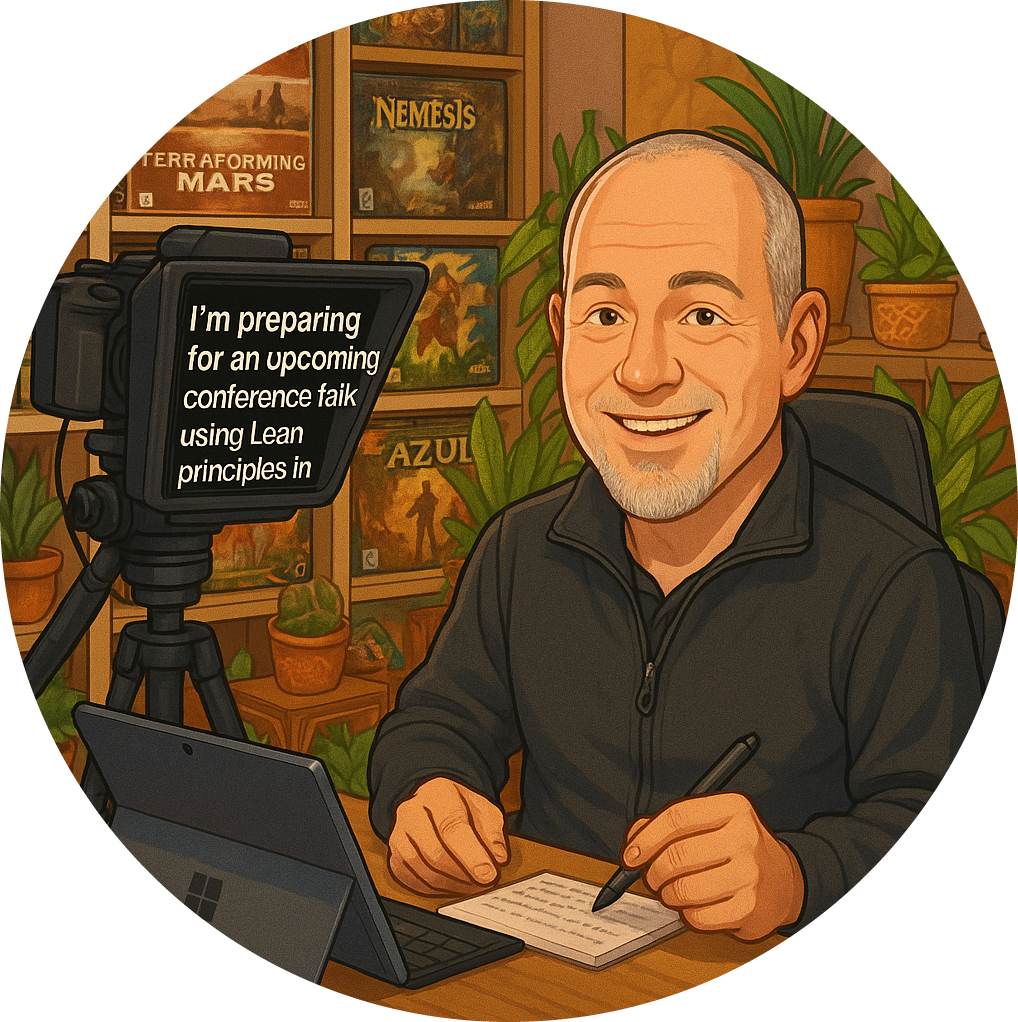In my journey through various organisations, I’ve come to realise a fundamental truth: the way we measure people profoundly influences their behaviour. This insight has been a game-changer for me, especially when navigating the complexities of team dynamics and organisational culture .
When I encounter situations where someone seems disengaged or is working against the collective goals, I often find myself asking, “What metrics are at play here?” This question has led me to uncover some surprising truths about the underlying motivations of individuals within the organisation.
Understanding Behaviour Through Measurement
Here are a few key points to consider when assessing why someone might not be as involved as you’d expect:
Metrics Drive Behaviour: If an individual is being measured solely on their output, they may prioritise quantity over quality. This can lead to a lack of collaboration, as they might feel that their success hinges on individual performance rather than team effort.
Incentives Matter: Often, the incentives tied to these metrics can create a competitive rather than a collaborative environment. If someone is rewarded for outperforming their peers, they may be less inclined to share knowledge or support others.
Fear of Failure: When the measures in place are punitive rather than supportive, individuals may become risk-averse. This fear can stifle innovation and discourage team members from voicing their ideas or concerns.
The Importance of Alignment
To foster a more engaged and collaborative environment, it’s crucial to align organisational measures with desired behaviours. Here’s how you can start:
Review Metrics: Take a close look at the metrics being used to evaluate performance. Are they promoting the right behaviours? Are they encouraging teamwork and collaboration?
Encourage Open Dialogue: Create a culture where team members feel safe discussing the metrics and their implications. This transparency can lead to a better understanding of how to work together effectively.
Focus on Outcomes, Not Outputs: Shift the focus from individual outputs to team outcomes. This can help create a sense of shared responsibility and encourage collaboration.
My Personal Experience
In my own experience, I’ve seen teams transform when they shift their focus from individual performance metrics to collective goals. For instance, in one organisation, we implemented a shared success metric that rewarded teams for achieving project milestones together. The result? A significant increase in collaboration and a noticeable improvement in team morale.
Conclusion
Ultimately, understanding how people are measured is key to unlocking their potential and fostering a more engaged workforce. By examining the metrics in place and aligning them with the behaviours we want to encourage, we can create an environment where everyone feels valued and motivated to contribute.
So, the next time you find yourself questioning someone’s engagement or behaviour, remember to look at the measures that are influencing them. You might just uncover the root of the issue and pave the way for a more collaborative and productive environment.





























